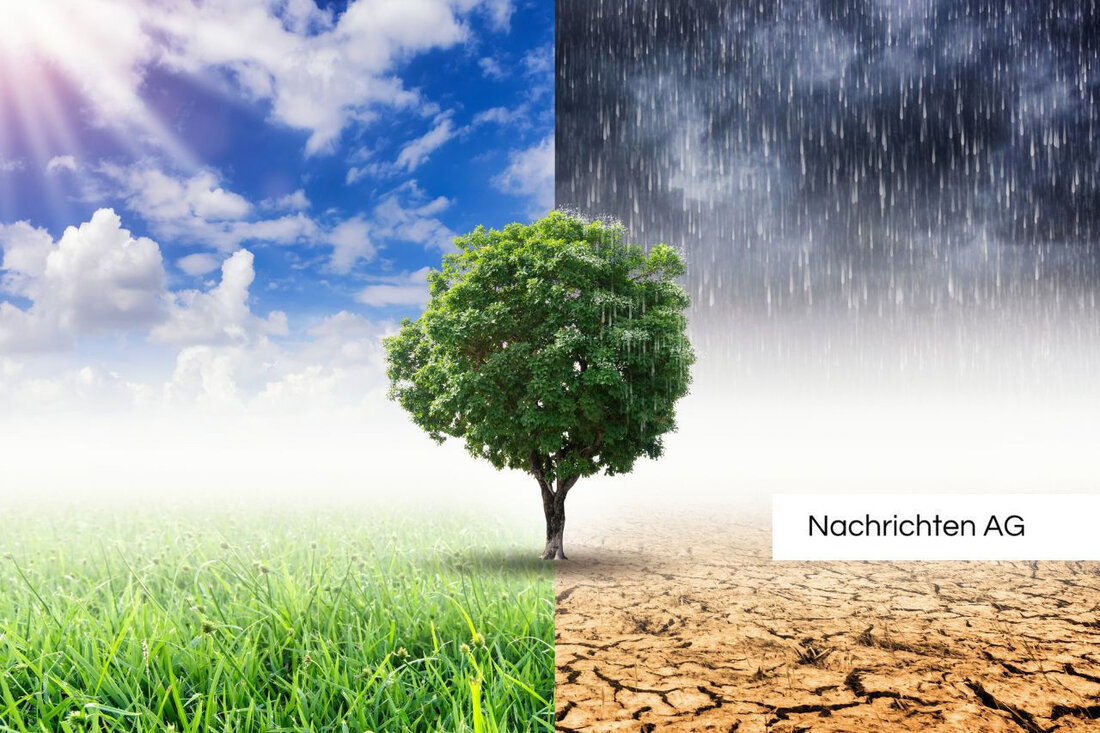Lake Garda in danger: Invasive types threaten nature and tourism!
Lake Garda in danger: Invasive types threaten nature and tourism!
Gardasee, Italien - The Lake Garda, a popular tourist destination, is increasingly facing threats from invasive species. According to Infranken increased regulatory measures and precise monitoring of the fish stock protect. The southwestern riparian zones between Sirmione and Lazise as well as the north around Riva del Garda are particularly affected, where invasive species such as the Quagga shell and the red Louisiana flow cancer have an alarming influence on local nature.
The Quagga shell, which originally comes from the Black Sea, changes the chemical composition of the water and restricts the living space for other living beings. This has serious effects on the settlement of local fish species that have to fight for their survival, as invasive species dominate the food chain. Fischer also report a significant decline in their catch income, which could bring long -term economic consequences for the region, known for their tourist attractions.
threat from invasive species
according to frapp requires the quagga shell, which leads to a strong influence of water quality and fish fauna. Plankton species are particularly at risk that serve as food for many types of fish. The shell has been common in other waters such as the Neuchâtel and Murtensee in Switzerland for about eight years. People, especially boot drivers, contribute to the spread of this invasive way, which further tightens the situation.
The first signs of a change in the ecosystem are clearly visible in the Garda region. The prevailing threat from the red Louisiana River Cancer (Procambarus Clarkii), which is particularly common in the southern area of the lake, also leads to an erosion of the bank areas. The combination of these factors ensures additional pressure on the already heavily stressed ecosystem. Tourist hotspots such as Sirmione and Malcesine report aggressive catfish that could deter potential vacationers.
reactions and measures
Environmentalists require extensive measures, including collection points for invasive types and special protective measures for domestic fauna. There are suggestions for the introduction of gentle times and sustainable fishing methods. Particular attention is also paid to the need for stricter controls to prevent further spread invasive species.
Another package of measures will be implemented from summer 2025 if access to many Italian beaches is only possible with online reservations. Limone Sul Garda has already banned an alcohol to reduce negative behavior in connection with mass tourism. These measures should not only ensure the protection of the environment, but also improve the quality of the tourist experience.
summarized can be said that the course for the future of Lake Garda is set to change. The influence of neobiota species is not just a local, but a globally relevant topic. Around 900 such species are currently registered in Germany, and the number is increasing steadily, which is favored by international trade and traffic, as reported on bfn . The challenge remains to develop and implement effective strategies to protect domestic ecosystems from invasive species. Climate change could also further increase the spread of these species, which makes it all the more urgent to take immediate measures.
| Details | |
|---|---|
| Ort | Gardasee, Italien |
| Quellen | |


Kommentare (0)